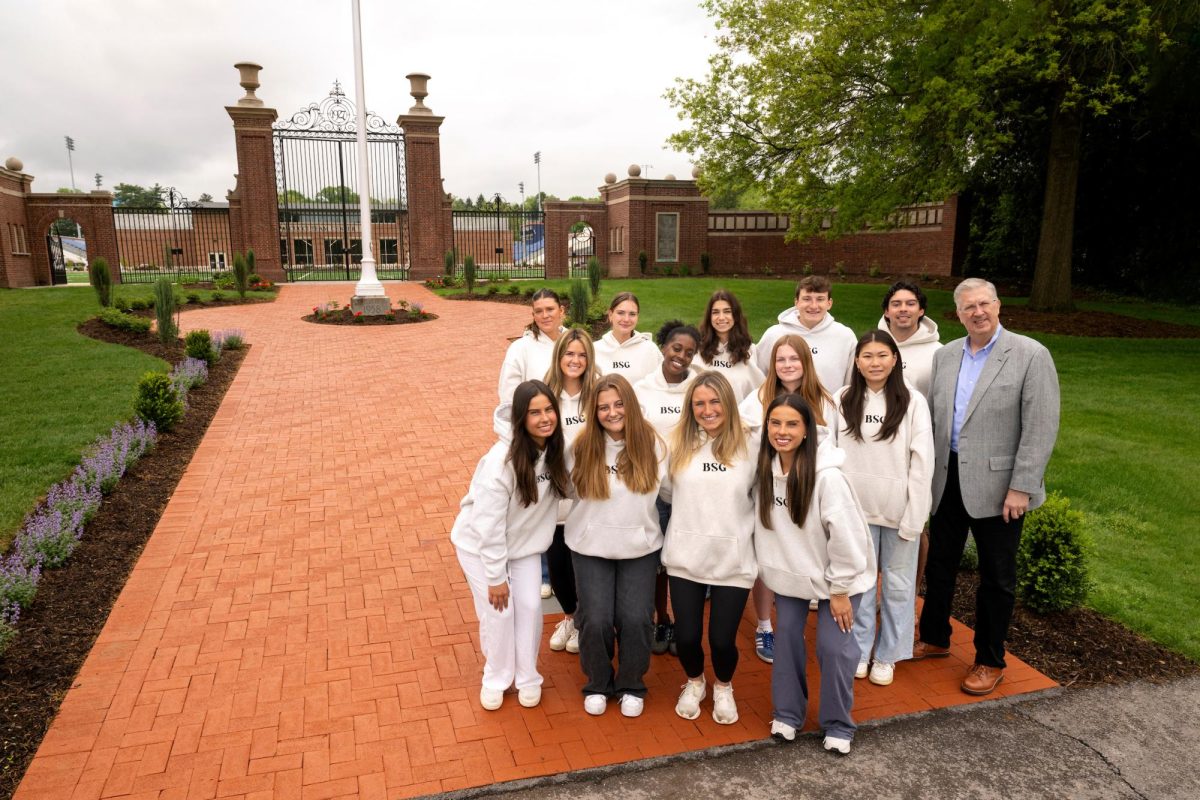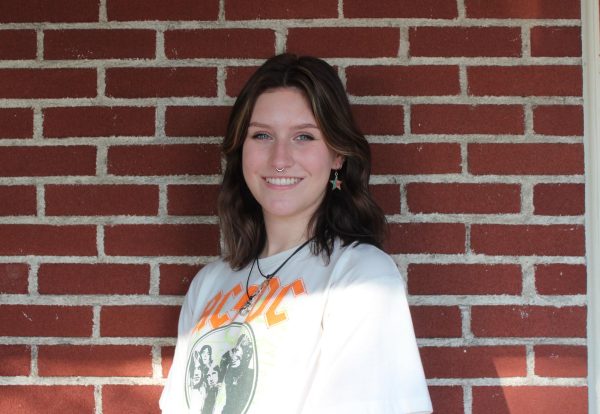Halloween is just around the corner, which comes with deciding on a Halloween costume. In recent years, there has been increasing awareness of which costumes seen as “classics” may no longer fit the bill of being socially acceptable. With this in mind, Vice President for Equity & Inclusive Excellence, Vernese Edghill-Walden ’87 and Vice President for Talent, Culture & Human Resources, Nicole Whitehead shared an informative email with the campus community on Oct. 7.
The email, with the subject line “My Culture is Not a Costume,” reminds Bucknellians to “make sure [their] costume does not reinforce stereotypes or inappropriately adopt a group’s culture and/or identity” and that “[their] choice in dress should not infringe on others’ rights or otherwise be construed as bias.” Anyone who has questions on what constitutes as bias is urged to consult the University’s Equal Opportunity, Harassment and Nondiscrimination policy.
Additionally included in the email is a link to the Diversity, Equity and Inclusion Resource list about the “My Culture is Not a Costume” campaign.
The webpage addresses the following questions:
Why a campaign? Even in our increasingly socially aware society, there are still displays of “Indigenous people reduced to mascots, headdresses sold as costumes, Blackface and brownface… and the harmful trope of a man in a dress to mock trans people, particularly trans women.” The campaign aims to ignite conversation about this topic on campus and wants to remind everyone that Halloween is a fun holiday that shouldn’t run the risk of being hateful or unintentionally harmful.
What is cultural appropriation? As defined on the webpage, “cultural appropriation is the act of taking significant elements (symbols, dress, words, practices, etc.) from a culture that is not [one’s] own and removing all original context or meaning.” Because appropriation is often unintentional and rather just misguided, this campaign has been created to educate others.
‘I’m confused, isn’t it just a costume?’ This rhetorical question helps to explain that “oppression is not just maintained by overt, public, aggressive and physically violent forms of attack. It is also reinforced by the denial of rights, harmful stereotypes, and the dehumanization of people through jokes and stereotypes.”
A list is then provided with some examples of what to avoid when choosing a costume, unless they correlate to the costume wearer’s identity or culture:
- Culturally-based costumes like Day of the Dead themes, a geisha, a ninja, or a hula dancer
- Costumes that undermine difficult situations or identities that are not always within an individual’s control, such as a prison inmate, a mentally ill person in a psychiatric facility, or a homeless person. Costumes should also avoid using fat suits, poking fun at sexual and gendered violence (e.g. “flasher”) or dehumanizing sex workers, dancers, etc,.
- Race-or-identity-based costumes such as an Egyptian person, a Mexican person, a Romani person (sometimes referred to using the slur g*psy), or an Indigenous person
The list clarifies that “it is okay to dress as a particular iconic individual such as Obama or Snoop Dog, as long as one does not try to embody their racial identity by doing Blackface or brownface, wearing cultural garments or wigs representing Black hair like dreadlocks.”
Costumes that mock transgender people are a particular area of concern, but the campaign explains that “there’s a difference between dressing as a trans person as a joke/mockery and dressing in drag” and that “many folks use Halloween as a safe opportunity to [experiment] with their own gender and drag has a long history of being connected to Halloween.”
Anyone with further questions on this topic, such as needing more clarification on permissible costumes, should direct questions to eie@bucknell.edu.






















